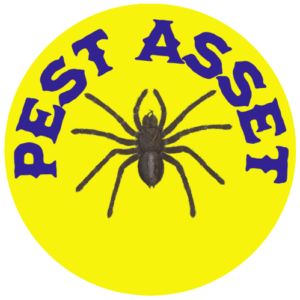Beetles: The Most Diverse Order of Insects
Introduction
Beetles represent the largest, most successful order of insects on the planet, the Coleoptera. Over 400,000 beetle species exist worldwide with roughly 25,500 types appearing across North America [1]. Most thrive outdoors as decomposers playing key roles recycling nutrients back into the soil and plant material. Some gravitate indoors opportunistically as pests infesting pantries and fabrics, necessitating control measures.
Types of Beetles
Beetles share common anatomy including a pair of wing covers called elytra protecting delicate hindwings used only for flight. Front wings instead hardened into protective coverings. Adults sport segmented antennae, six legs and hardened forewings. But diverse specialized mouthparts facilitate feeding on plants, fungi, dung, carrion, hair, skin and grain. Various species exhibit extensive adaptations mirroring the wide range of ecological niches beetles exploited over millions of years of evolution into present day.
Outdoor Beetles:
- Ground Beetles – Predatory beetles thriving in forest litter and soil hunting garden pests like caterpillars and soft-bodied insects. Metallic colors sometimes with patterns spanning 3⁄4 inch length.
- Scarab Beetles – Important dung decomposing beetles such as June Bugs and Japanese Beetles helping to enrich soils. Some with flashy metallic greens and golds mimicking jewelry.
- Carrion Beetles – Important decomposing beetles specializing in breaking down rotting carcasses of mammals and birds. Include colorful Burying Beetles.
Indoor Beetles:
- Flour Beetles – Tiny reddish-brown pantry pests only 1/8 inch long infesting grain products, cereals, flours, nuts and seeds.
- Carpet Beetles – Detritivorous beetles with hairy larvae feeding on shed skin flakes, pet hair and wool items indoors. Adults sport colorful patterned wing covers.
Benefits of Beetles
While certain beetles pose problems inside homes, the vast majority of species provide valuable services breaking down waste materials outdoors that would otherwise accumulate. Dung beetles in particular play unsung heroes burying and consuming animal feces that could otherwise spread parasites and disease. Some help pollinate flowers as adults before larvae develop in decaying logs recycling nutrients back into food webs.
Pest Beetles
Beetles most likely to infest homes target stored food goods like flour, cereal, pasta, rice, and more. Larvae tunnel into packaging contaminating products with frass and webbing. Others attack fabrics containing wool, fur, and feathers used in clothing, upholstery, and rugs. Carpet beetle larvae eat shed hair, skin flakes, and pet hair held inside carpet fibers.
Detecting infestations early prevents extensive damage to household items. Look for tiny crawling beetles in pantries, microscopic holes in packaging, fibers worn thin on rugs, or accumulations of hard shells appearing in autumn indicating established infestations finally emerged as adults.
Life Cycle of Beetles
All beetles undergo complete metamorphosis in 4 life stages:
Egg – Females deposit dozens of eggs on or near the food sources larvae need to develop.
Larva – Worm-like larvae hatch and feed for weeks to months depending on species. Most damage occurs during the larval feeding stage.
Pupa – Larvae eventually enter a resting phase where they transition into adults inside protective cocoons.
Adult – Adults emerge focused on reproduction, renewal of food sources, and other roles beneficial to the ecosystem. Life spans range from weeks up to several years.
Preventing Beetle Infestations
Prevention comes down to denying access to food and breeding sources. Tactics include:
- Inspecting all dried foods purchased before storage
- Freezing flour-based items for 72 hours to kill hidden eggs
- Keeping kitchens clean and dry denying water sources
- Sealing cracks and crevices around pantries
- Cleaning carpets and upholstery regularly
- Storing susceptible clothing with cedar blocks
Conclusion
While a handful of beetle species live synanthropically among humans as pestiferous grain and clothes moths, myriad more species provide essential services in natural ecosystems recycling waste materials back into nutrients sustaining plants and wildlife. Adjustments tailoring pantry storage habits, improving sanitation, and installing pheromone monitors to detect early-stage beetles through non-toxic means facilitate successful prevention indoors.
Reference



